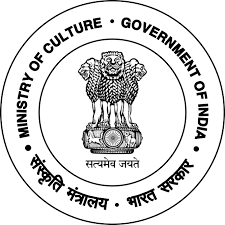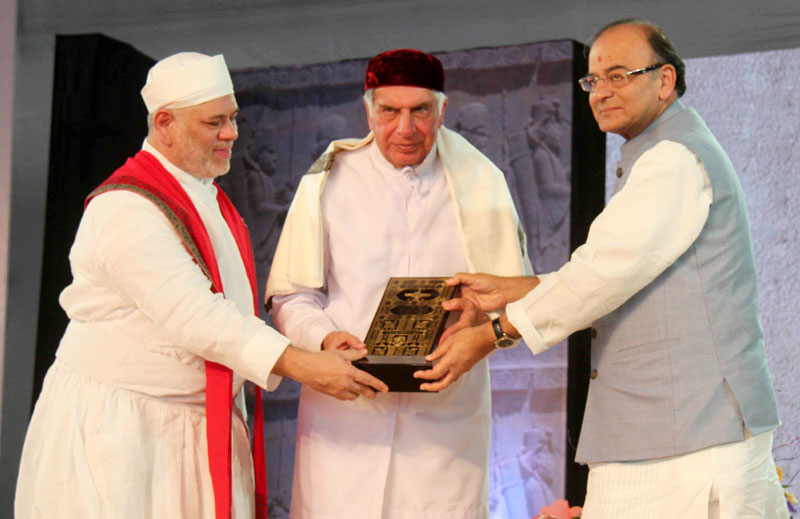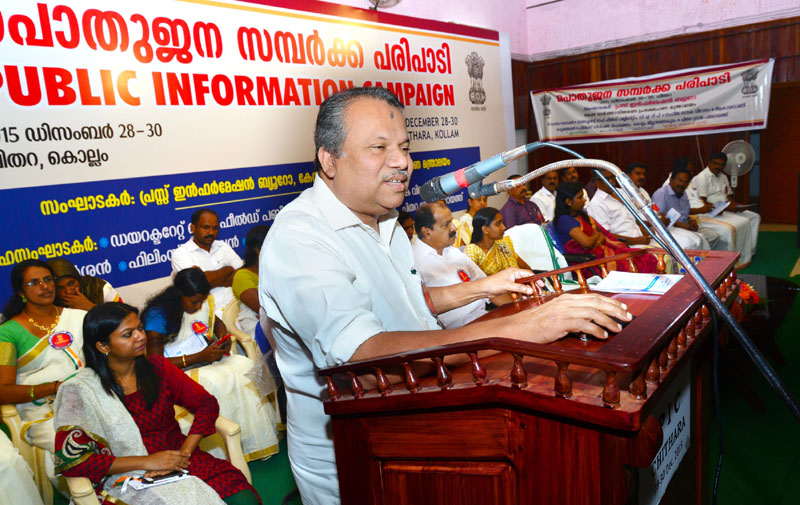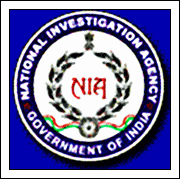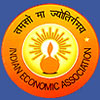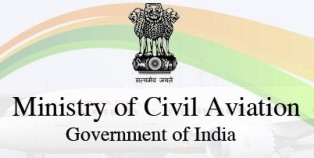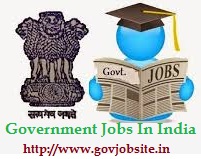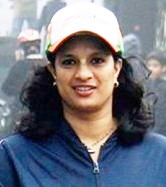The Ministry of Culture has approved Rs. 400 crore for the scheme “National Mission on Libraries – Up-gradation of Libraries – Providing Services to the Public” for the 12th Plan period. The components of the National Mission on Libraries (NML) are :
(i) Creation of National Virtual Library of India (NVLI),
(ii)Setting up of NML model libraries,
(iii)Quantitative and Qualitative Survey of Libraries
(iv)Capacity Building.
Under the Scheme, the Mission will upgrade infrastructure of selected libraries and upgrade technology in 35 State Central Libraries and 35 District Libraries (to be identified by State Governments) and 6 Libraries under the Ministry of Culture. 11 State Central Libraries and 11 District Libraries have been identified so far.
Six Libraries under the Ministry of Culture are : (i) Delhi Public Library, Delhi; (ii) Khuda Bakhsh Oriental Public Library, Patna; (iii) National Library, Kolkata; (iv) Central Secretariat Library; (v) Rampur Raza Library, Uttar Pradesh; and (vi) Thanjavur Maharaja Serfoji’s Saraswati Mahal Library, Tamil Nadu. The proposals of 12 states have been approved and fund released to Three states. The details of State Central Libraries and District Libraries in 12 States approved for upgradation of infrastructure and technology under NML are given below:-
| Sr. No. | State/UT | Name of the Libraries | Approved Project Estimate(in Rs. Lakhs) |
| 1 | Uttar Pradesh | State Central Library, Allahabad | 206.00 |
| Government District Library, Etawah | 87.00 | ||
| 2 | Orissa | HKM State Library, Bhubaneshwar | 223.00 |
| District Library, Ganjam | 40.36 | ||
| 3 | Goa | Krishnadas shama State Central Library | 223.00 |
| Dr. Francisco Luis Gomes District Library | 87.00 | ||
| 4 | Karnataka | State Central Library, Bangalore | 223.00 |
| District Central Library, Shivamogga | 87.00 | ||
| 5 | West Bengal | State Central Library, Kolkata | 222.81 |
| North Bengal State Library, Coochbehar | 86.98 | ||
| 6 | Telangana | State Central Library, Afzalganj, Hyderabad | 112.25 |
| District Library, Mehboob Nagar | 52.00 | ||
| 7 | Chattisgarh | District Library, Raigarh | 87.00 |
| District Library, Danteywada | 87.00 | ||
| 8 | Tripura | Birchandra State Central Library, Agartala | 223.00 |
| Unakoti District Library, Kailashahar | 87.00 | ||
| 9 | Arunachal Pradesh | State Central Library, Itanagar | 223.00 |
| District Library, Pasighat | 87.00 | ||
| 10 | Mizoram | State Central Library, Aizawal | 100.00 |
| District Library, Kolasib | 50.00 | ||
| 11 | Rajasthan | State Central Library, Jaipur | 100.83 |
| 12 | Gujarat | State Central Library, Gandhinagar | 106.01 |
Under the scheme of National Mission on Libraries, there is no scope of establishment of new libraries. Approved Project estimate for up-gradation of the above libraries is also given below:-
LIBRARIES UNDER THE MINISTRY OF CULTURE
| Sr. No. | Name of Libraries | Approved Project Estimate(in Rs. Lakhs) |
| 1 | Delhi Public Library, Delhi | 234.38 |
| 2 | Khuda Bakhsh Oriental Public Library, Patna | 398.78 |
| 3 | Thanjavur Maharaja Serfoji’s Saraswati Mahal Library, Thanjavur | 691.22 |
| 4 | National Library, Kolkata | 426.84 |
| 5 | Central Secretariat Library, Delhi | 452.38 |


